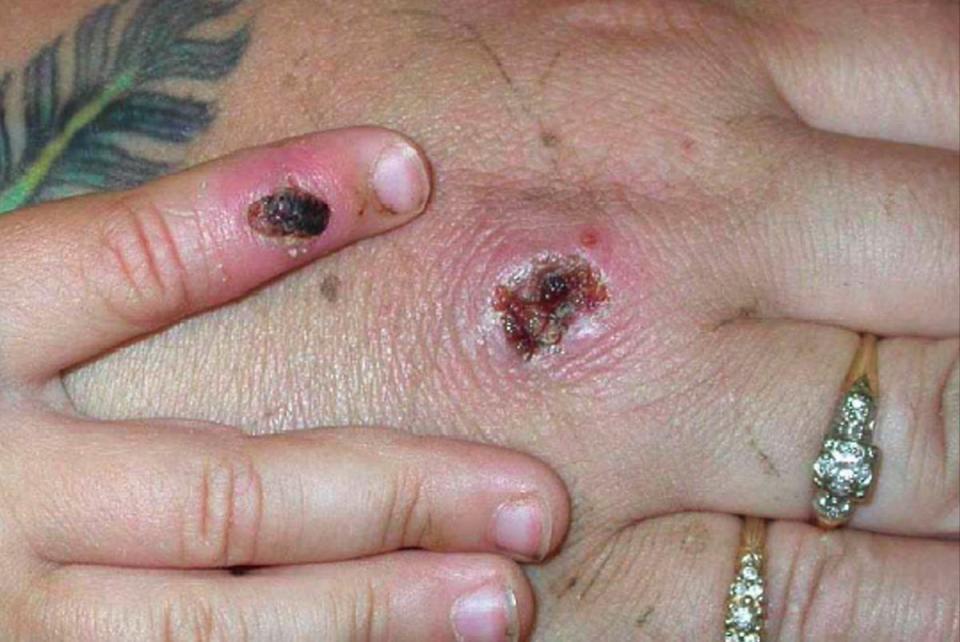WHO renames Monkeypox due to stigma - but what is mpox and its symptoms?

Despite being around since 1958, monkeypox saw the first “community transmission” of the disease in the UK earlier this year.
Some 3,720 cases have been identified in the UK since the start of May.
However, the UK Health Security Agency (UKHSA) has said it is seeing fewer and fewer cases reported, as NHS England said some 68,000 people have been inoculated against the disease with the smallpox vaccine since the outbreak began in May.
It is now launching a campaign offering a second vaccination to those eligible who have already had their first jab.
The usually mild viral disease, which is endemic in west and central Africa, is understood to spread through close contact. Until early May, cases rarely cropped up outside Africa. According to the UKHSA, the majority of cases in the United Kingdom are known to be in gay, bisexual, or other men who have sex with men.
Now, due to the building stigma, the World Health Organisation (WHO) has decided to rename the virus ‘mpox’.
The initial case involved a person who had returned from travel to Nigeria. The disease, which is similar to smallpox, is usually found in central and West Africa, but it does not spread easily between humans and most people recover within a few weeks.
With more than 23,200 confirmed cases of mpox around the globe, the World Health Organisation is meeting to determine whether the spread of the virus should be considered a “public health emergency of international concern”.
But what exactly is mpox and what symptoms should you be aware of? Here’s everything you need to know:
What is mpox?
Mpox is a rare disease that is caused by infection and originally named the monkeypox virus, after the disease spread from monkeys. Mpox was first discovered in 1958 during an outbreak of pox-like disease in monkeys, which is how it got its name.
The first human case was recorded in 1970 in the Democratic Republic of Congo and, since then, the infection has been reported in a number of central and western African countries.

What are the symptoms?
The illness begins with:
fever
headache
muscle aches
backache
swollen lymph nodes
chills
exhaustion
Within one to five days after getting a fever, a rash develops, often beginning on the face and then spreading to other parts of the body, such as the hands and soles of the feet.
The rash will finally form a scab before falling off.
Is it deadly?
No. Mpox is a mild condition which will often resolve on its own and has no known long-term effects on a person's health.
How do you prevent mpox?
Generally, the risk of infection is low.
Dr Michael Jacobs, clinical director of infection at Royal Free Hospital, said mpox “does not spread easily between people and the risk of transmission to the wider public is very low”.
Still, the best way to avoid infection is to regularly wash hands after caring for sick people, or being around animals.

 Yahoo News
Yahoo News 